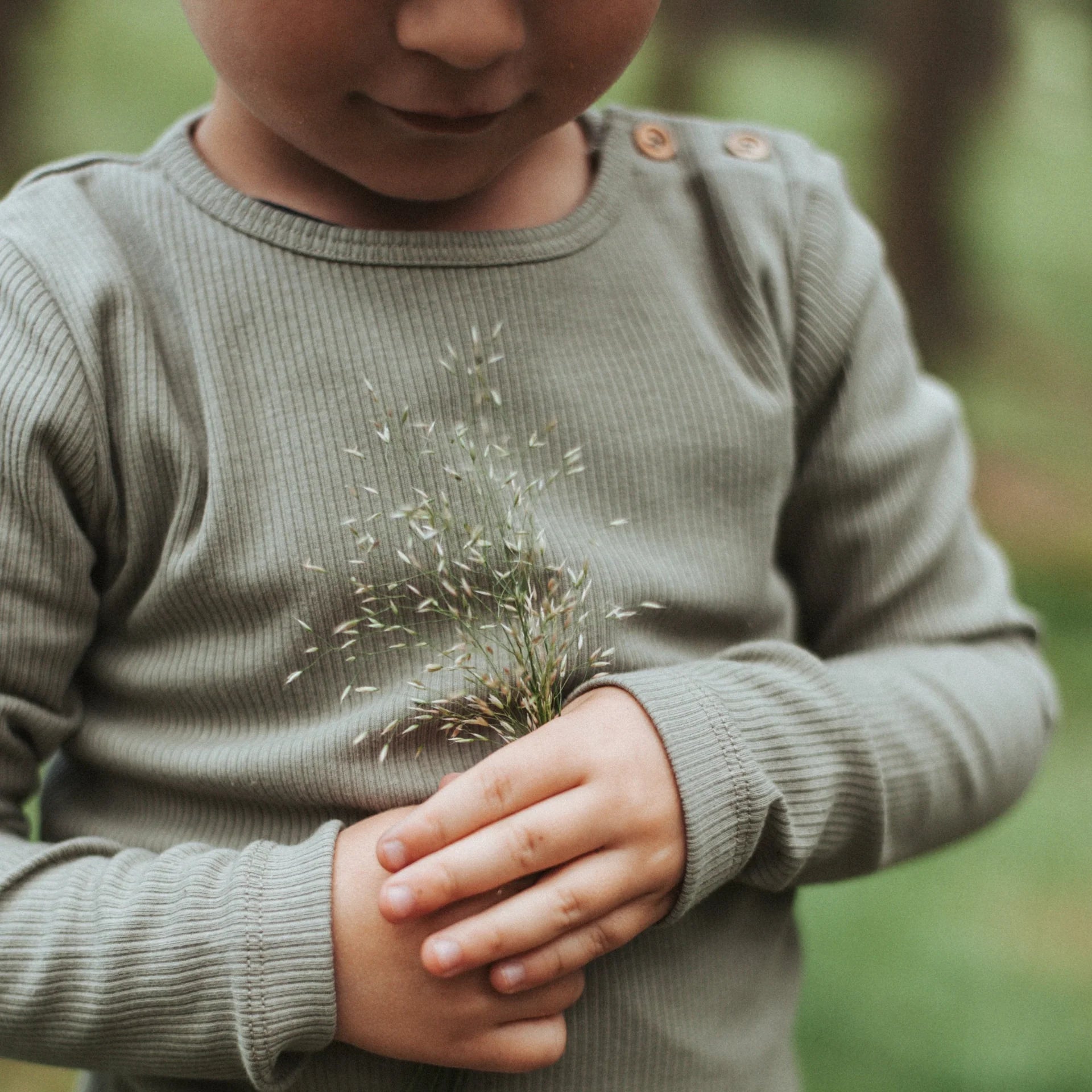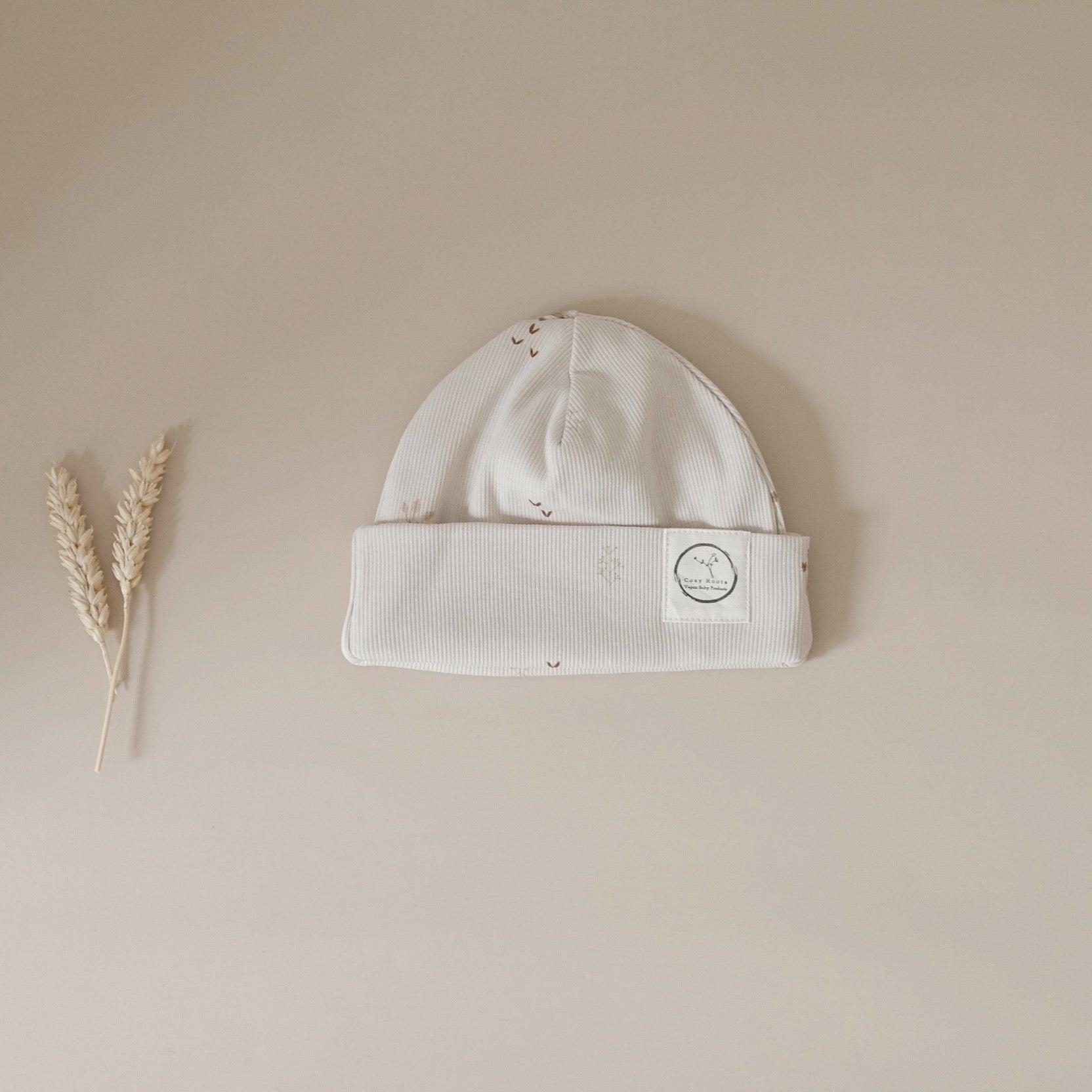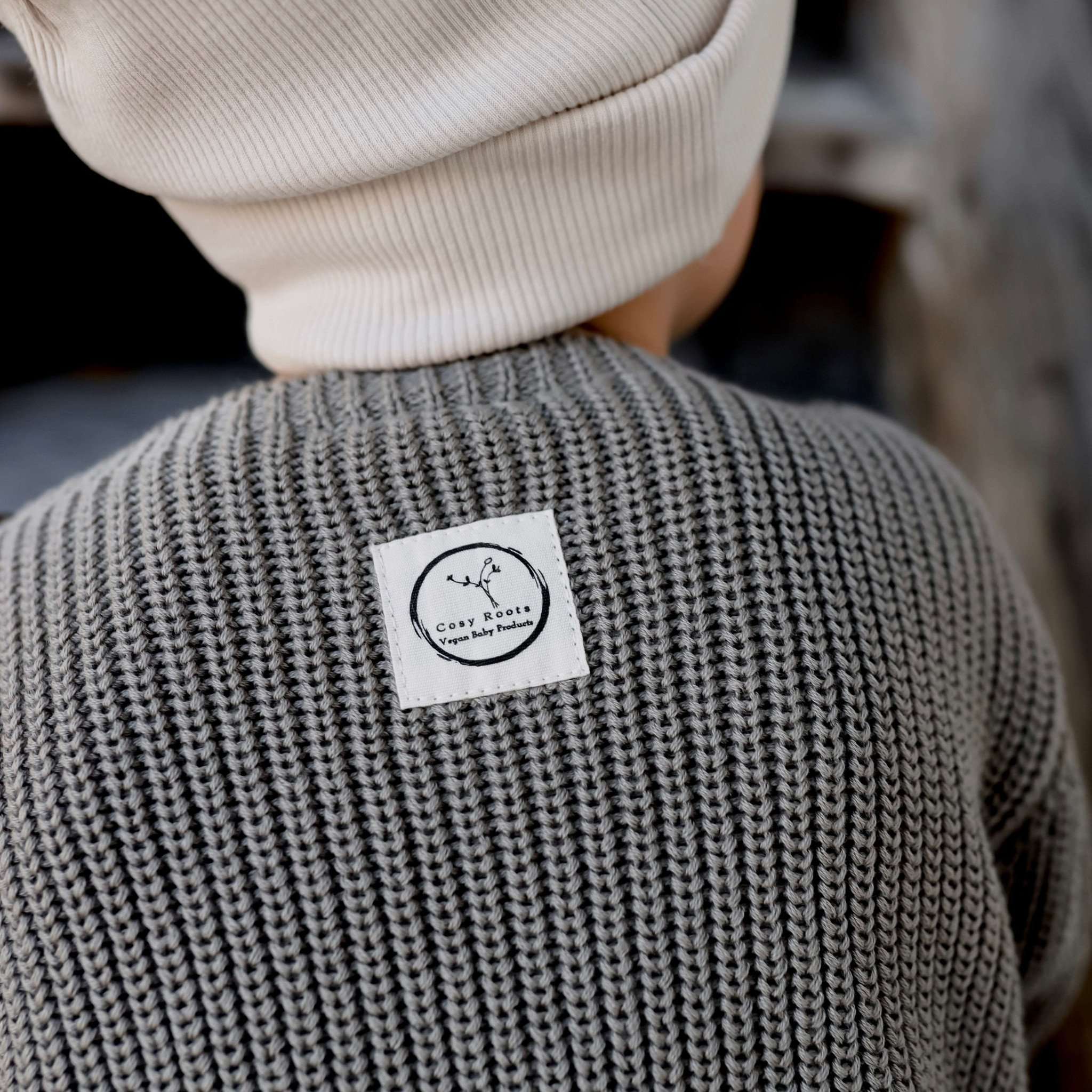The cotton industry is huge: around 250 million people work in this sector worldwide. According to the WWF , around 50% of all textiles are made of cotton. The environmental impact of the entire textile industry is particularly high - around 10% of all greenhouse gas emissions are attributable to it (that is more than all of air traffic and shipping combined).
We are becoming more and more aware that flying on vacation is not sustainable. However, choosing the right clothing could be much more important - this also includes buying items made from organic cotton, at least as a basic standard.

Organic is organic - but not enough
Similar to food, there is also an organic seal for textile fibers, which is defined by EU guidelines. Organic farming pursues very sustainable goals in which people, nature and animals must not be exploited.
However, you have to be aware that the controlled cultivation of organic cotton only regulates the cultivation of the cotton (and only marginally considers fair trade and good working conditions), but not the entire production of the clothing itself. This area is taken into account for other certificates and seals (such as the GOTS seal). That's why we made a conscious decision to go for GOTS certification , because the holistic approach and a comprehensive evaluation of the entire process is very important to us.
What is organic cotton?
Cotton is grown around the world, but most of it is in developing countries where people are exploited in degrading working conditions and at starvation wages in traditional cotton production. Added to this is the increased use of chemicals and genetically modified crops to increase yield and efficiency.
Organic cotton, on the other hand, is characterized in particular by these criteria:
- No genetically modified plants
- The use of chemical-synthetic pesticides and easily soluble mineral fertilizers is prohibited.
- Fertilization with manure and compost.
- Other crops must also be planted alternately on the fields. Key word: crop rotation.
- Harvest by hand.
- No chemical defoliants to ease harvesting.
What distinguishes it from GOTS-certified cotton?
Organic is not the same as organic. Especially when we take a closer look at the production of cotton, we quickly realize that not only the product itself plays a role, but also the origin and the process of extraction. In addition to the cultivation and production of organic cotton, an organic certificate from the Global Organic Textile Standard ( GOTS ) guarantees that the entire supply and production chain is sustainable and fair . This makes it the seal of choice for us. “Organic” is only the beginning and by no means the only criterion.

How do I recognize organic cotton?
Organic cotton can be recognized by a corresponding seal. In order to obtain this certification, the guidelines for organic farming must be observed. Only then can the products be called “organic”, “eco” or “from controlled organic cultivation”. To ensure that the producers actually comply with these guidelines, they are checked at least once a year. In small farming communities, the farmers also check each other, since they naturally have a great interest in maintaining high quality.
We have also explained some important seals in more detail in our blog post on sustainable clothing .











































































































